Last-Minute NYC Holiday Gift Guide 🎁
We’ve created a holiday gift guide with presents for the intrepid New Yorker that should arrive just in time—

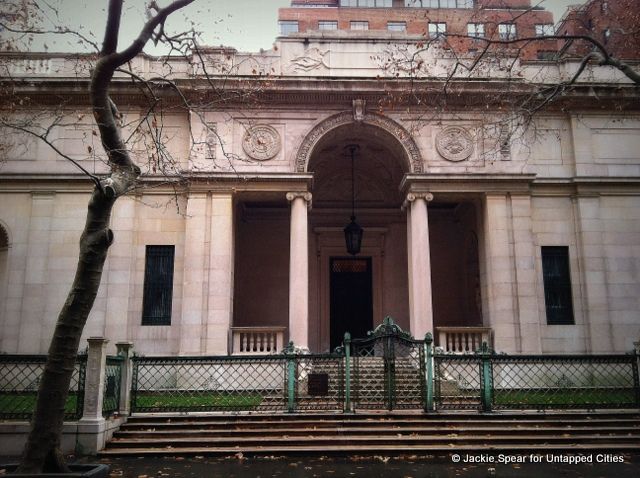
If you ever find yourself in need of an escape from a drizzly New York afternoon, then my recommendation is to spend some time at The Morgan Library & Museum on Madison Avenue and East 36th Street as I did this past Sunday. Rain or shine, the Library boasts a significant collection of ancient scriptures and artifacts, Renaissance masterpieces, plus original artworks and compositions from some of the greatest artists, musicians and authors of all time. Not to mention the museum cafe’s offerings rival many of Manhattan’s top eateries.
A pillar in New York City’s history and an integral player in our country’s financial system, J.P. Morgan‘s immortality stems not only from the legacies of his Steel and Corporate Financial companies, but also from his numerous architectural, literary and art contributions to the public. Morgan lived from 1837 to 1913 and he acquired the majority of the collection housed in The Morgan Library over a span of a decade from 1890-1900. His collection includes original artworks by artists such as Rembrandt, Rubens, writers such as Dickens, Twain and music from the likes of Mozart as well Beethoven. It was due to this large and rapid accumulation of artistic objects that he commissioned the architect Charles McKim to create a formal and Renaissance-inspired building to showcase his overflowing collection. The structure is constructed from marble and at the time cost $1.2 million to build.
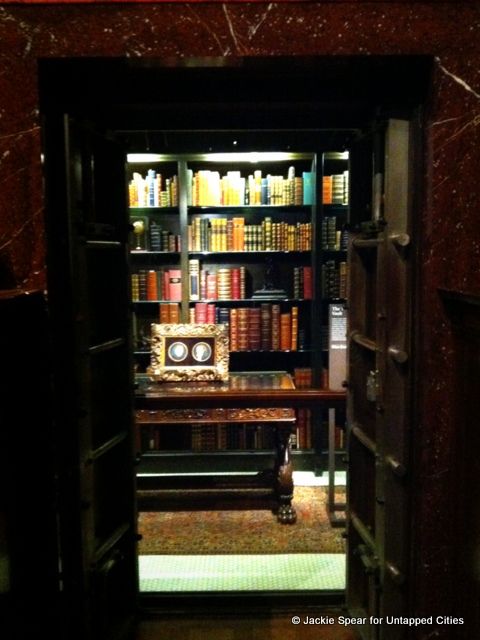
The West Room of the original library is very opulent with lots of mahogany details, rich red silk linings on the walls, and a massive fireplace anchors the room. This room was Morgan’s private study and it was the room where he famously stepped in during the great financial panic of 1907 to bailout the major banks who were on the verge of bankruptcy as the Treasury was insolvent at the time. The history behind this historical event and the collaboration that Morgan was able to instigate between the leading financiers at the time and the treasury strongly echos our nation’s current fiscal health and the recent financial bank bailouts. Within the West Room is a solid steel vault that was used to protect Morgan’s manuscript collection up until 2003.
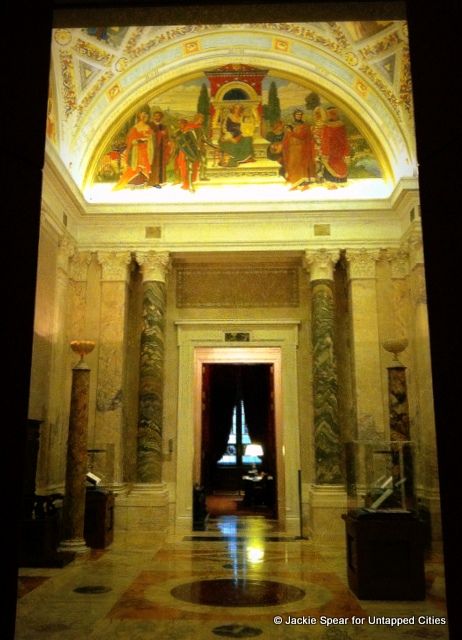
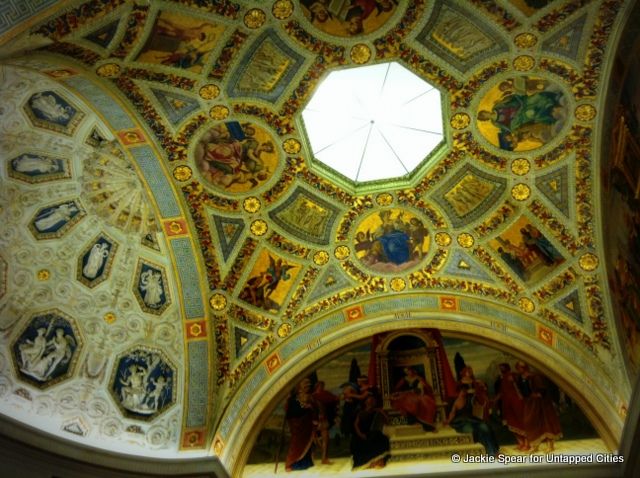
Upon exiting the West Room, your eyes are drawn toward the vaulted, mosaic-tiled ceiling by the marble columns. The ceiling that was crafted by artist H. Siddons Mowbray, includes artistic representation of the three historical eras of focus in Morgan’s collection — the Renaissance, the ancient world and the Middle Ages. Also on display in this alcove is a sampling of Americana manuscripts, such as letters from George Washington and Abraham Lincoln. This collection was embellished by the Museum’s more recent acquisition of the literary Paris Review pieces as well as the Carter Burden Collection of American Literature.
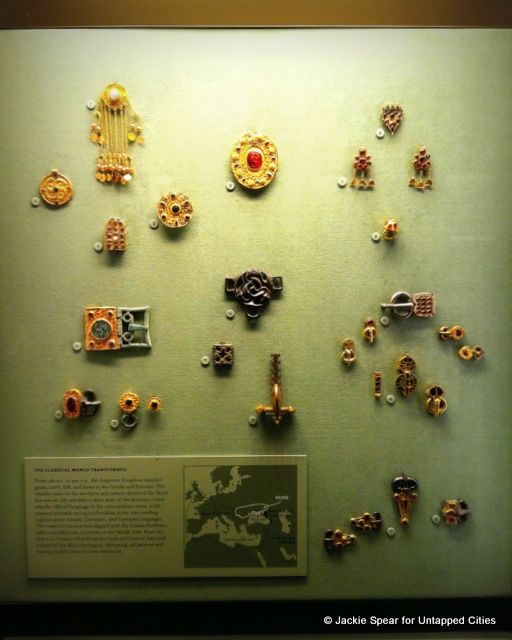
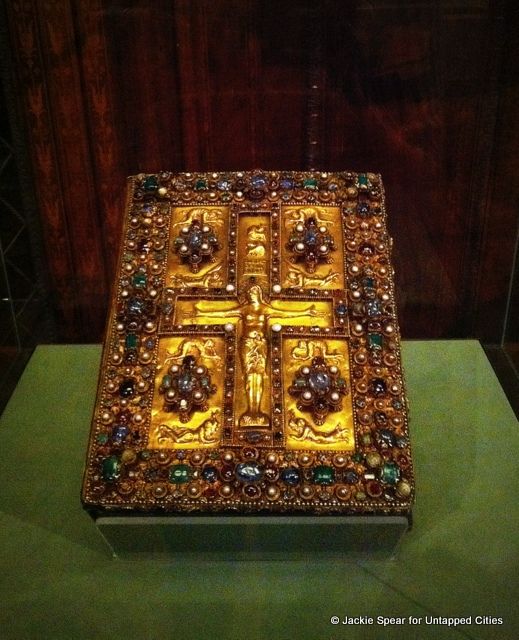
Next is The North Room, which is also known as The Librarian’s Office. In true Untapped Cities spirit, this room has been noted to have paranormal activity. Curators at the museum are said to have experienced an encounter with the first librarian Belle de Costa Greene. She was hired by Morgan to manage the collection of books and manuscripts in 1905 and she later became the director of the library. It is said that her ghost will appear if asked for a specific book aloud, she will then retrieve it and lay it on the desk to your exact desired page. Aside from the haunted manuscripts, the room also hosts an extensive collection of Mesopotamian artifacts, tablets, as well as Roman, Greek and Egyptian sculptures. The room is a testament to Morgan’s appreciation of exemplary human craftmanship and creating objects replete with gold, ornate detailing and opulence.
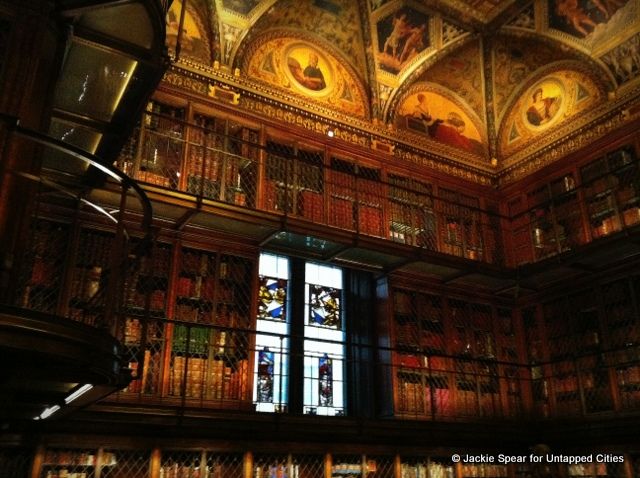
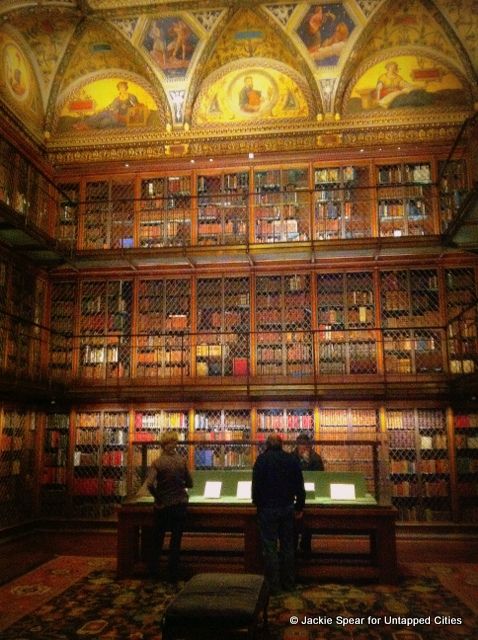
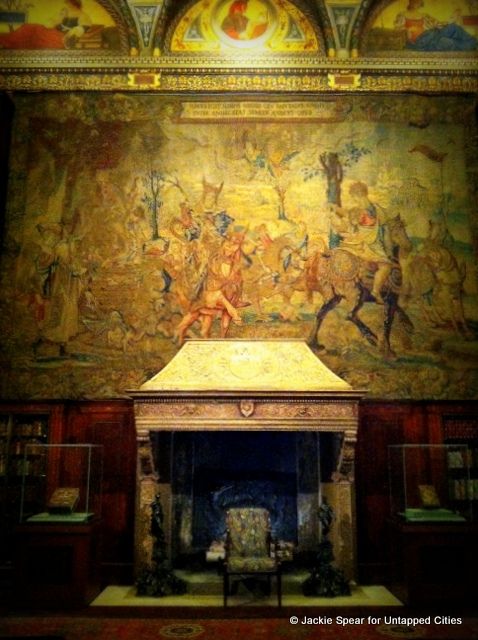
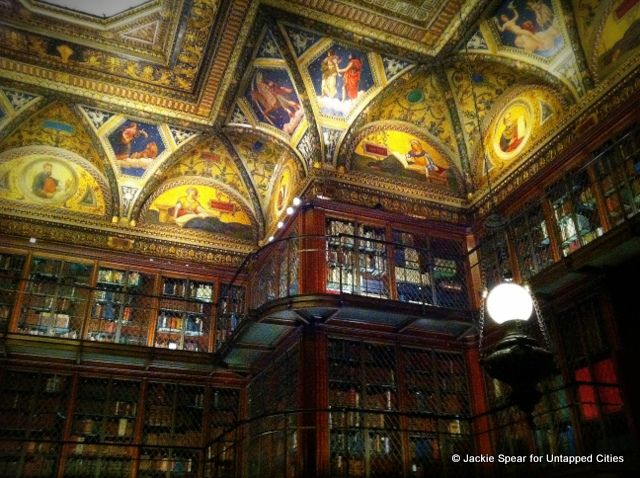
The most magnificent room in the entire original library is the East Room. What is illuminated in this room is the sheer expansiveness of Morgan’s collection, with numerous rare books and original manuscripts dating back to the Renaissance era. He even was the proprietor of Johannes Gutenberg’s bible printed in the 15th century. The room in essence is majestic. The ceiling’s geometric structure showcases very intricate murals that fold in portraits of some of the greatest literary, mythological and influential humans that he admired. Morgan’s stature is personified in this room as the ceiling includes all of the signs of the zodiac — Morgan was a known member of the Zodiac Club, which at the time was a very elite twelve member dining club similar to his other club, the Corsair Dining Club.
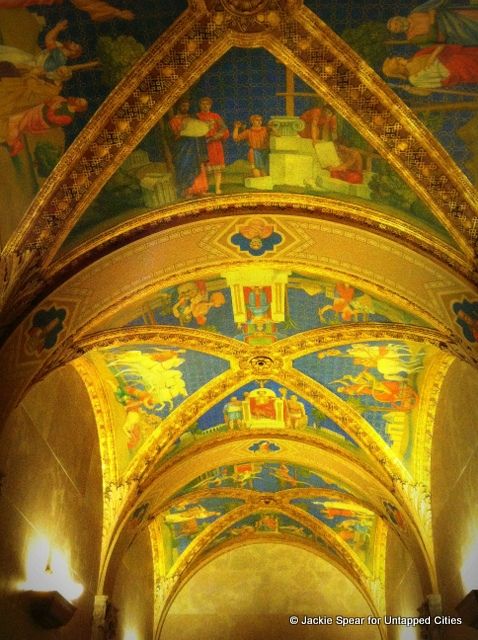
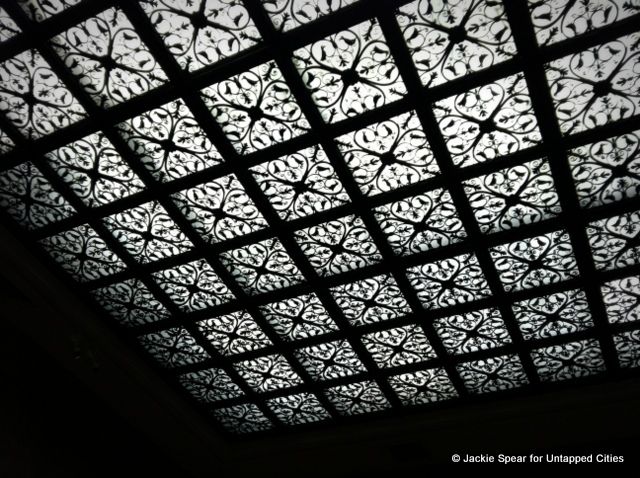
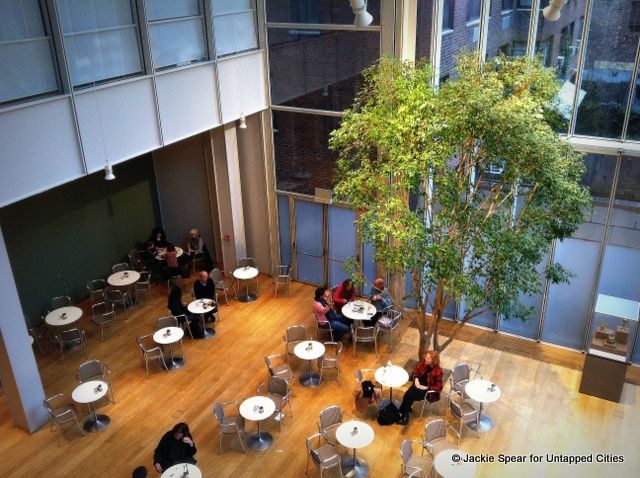
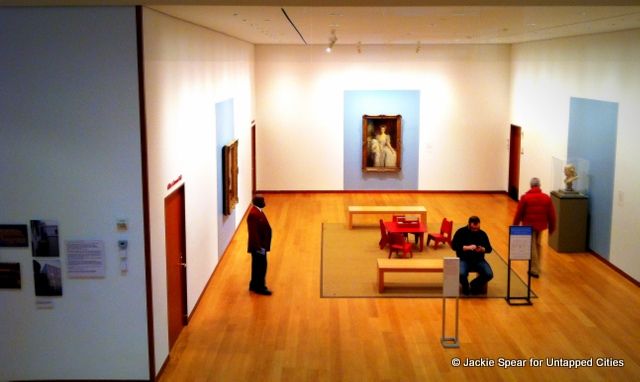
Jumping ahead to the 20th century, in 1924 Morgan’s son J.P. Morgan, Jr. dedicated the library as a public memorial to his father. It was under his direction that an annex was appended to the original library to extend it as a museum.
Then in 2006, the architect Renzo Piano erected a massive expansion of the museum with the restructuring of the gallery spaces, a state of the art auditorium and concert hall, and a modern entrance on Madison Avenue. This re-positioning of the entrance opened up the museum and allowed it to capitalize on the heaviest amount of public foot traffic to draw patrons in. Lastly a dining room, cafe and shop were added as part of the 21st century remodel.
For visitor information you can visit the official website here. The Morgan Library and Museum is also a purveyor of an array of public programs such as theatrical performances, lectures, readings, family programs, and films. You can view the calendar of events here. Currently on display are the exhibits “Beatrix Potter: The Picture Letters“, “Dürer to de Kooning: 100 Master Drawings from Munich” and “Fantasy and Invention: Rosso Fiorentino and Sixteenth-Century Florentine Drawing“.
Subscribe to our newsletter